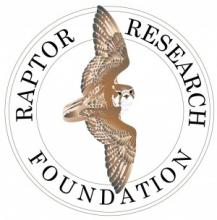Resource information
Native animals are affected differently by urbanization. Some species respond favorably and thrive in human-dominated landscapes, but others are extirpated. Raptors are often sensitive to changes in land cover and prey abundance. We therefore used a combination of broadcast surveys and incidental observations while spot-mapping to evaluate the influences of these two variables on the presence of raptors at 21 sites from 2004â2008 along an urban-to-wildland gradient in western Washington, U.S.A. We detected three species of hawks: Sharp-shinned Hawk (Accipiter striatus), Cooper's Hawk (Accipiter cooperii), and Red-tailed Hawk (Buteo jamaicensis); and five species of owls: Northern Pygmy-Owl (Glaucidium gnoma), Western Screech-Owl (Megascops kennicottii), Barred Owl (Strix varia), Great Horned Owl (Bubo virginianus) and Barn Owl (Tyto alba). Models that included specific land-cover elements as independent variables explained presence for all species better than models including only prey abundance. Cooper's Hawks and Barred Owls showed a positive response to human-altered landscapes, specifically the edges between deciduous-mixed forest and light intensity urban land cover. Raptor species richness was consistent across the gradient of urbanization (x¯ = 3.67 species/site) and not correlated with land-cover diversity, songbird species richness, or total forest cover.



